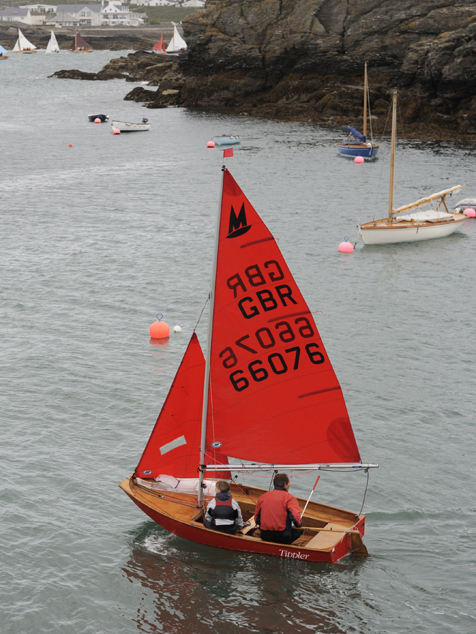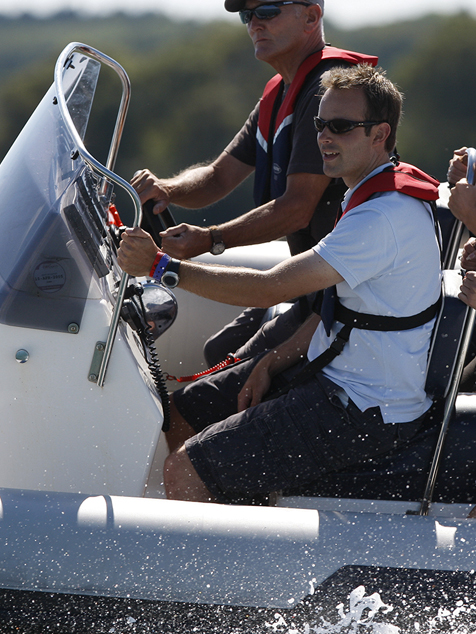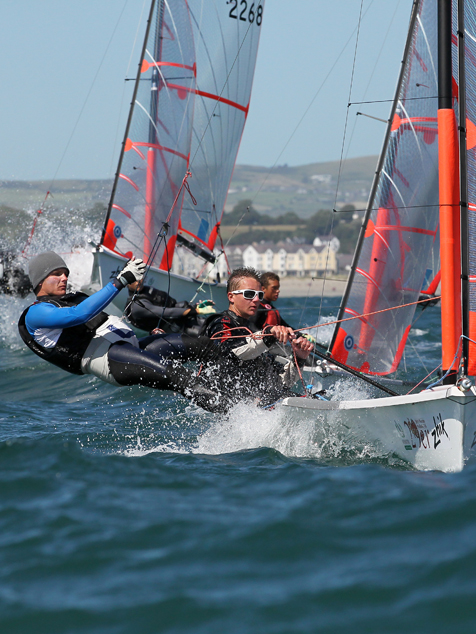Be AdventureSmart: When boating
You, your boat and your crew need to be properly equipped for a safe and
Have a plan: Always be prepared; think ‘what if?’ and don’t ruin a good day out on the water with insufficient planning. An element of planning is required for even the simplest and shortest of journeys. Passage planning is an obligation for all seafarers under the International Convention on Safety of Life at Sea. However, a passage plan needn’t be complicated. The type of boat you have and the trip you are intending to take will determine how much planning you need to do. Always let someone else know your plan.
Be adventure smart: Make sure you and your boat are properly equipped before going on the water.
Clothing
Lifejacket or buoyancy aid (must be well-fitting and well maintained).
Kill Cord (if you are on an open powerboat or RIB make sure you wear the kill cord. If your boat is not fitted with one, then get one fitted. The kill cord should be attached around your leg. Always check your kill cord works before you go out on the water. Always carry a spare kill cord).
Waterproof jacket and over-trousers (the more likely you are to get wet, the more technical your clothing requirements will become in order to keep you warm and dry).
Insulating mid layer (fleeces, soft-shell jackets, down jackets, dependent on the weather; once you start to get cold your ability to think and function properly will deteriorate).
Windproof layer (at sea you may need a windproof layer to stay warm even on a warm sunny day).
Sun hat and sun cream
Watch (or any reliable method of telling the time)
Footwear
Proper boating footwear (allows you to move around without slipping)
Boat essentials
First aid kit
Sunglasses
Bottled water and snacks
Any necessary medication (with spares)
Means of communication (VHF is commonly used for ship to ship, ship to shore and emergency communications in the marine environment. A charged mobile phone and portable charger in a sealed dry bag kept on your person is a good backup).
Kill cord (if you are on an open powerboat or RIB and your boat is not fitted with one, then get one fitted. Always carry a spare kill cord).
Fire extinguisher and safety equipment (share your emergency plan with your group which includes where the safety equipment is stowed and how to use it, who should take over if you are injured or taken ill, how to start the engine, how to send a Mayday and make them aware of any
Emergency Position Indicating Radio Beacon and/or Personal Locator Beacon (make sure it is registered, it could speed up your rescue and even save your life).
Carbon Monoxide Detector (if you don’t have a CO alarm, install one and test it regularly. Remember #GetWiseGetAlarmedGetOut).
RYA SafeTrx app (monitors your boat journeys and alerts emergency contacts should you fail to arrive on time. It’s a free app for both Android and Apple iOS smartphones that allows you to track your journey (in UK territorial waters) on your phone. RYA SafeTrx provides all recreational boat users with an easily accessible and simple to use means that can inform HM Coastguard of their voyage plans and dynamic location in the event of distress.
Navigation lights (you should ensure that during the hours of darkness, you show the correct navigation lights for your vessel’s type and size, as well as maintaining a proper
Up to date charts (check up-to-date charts and current pilot books, notices to mariners,





